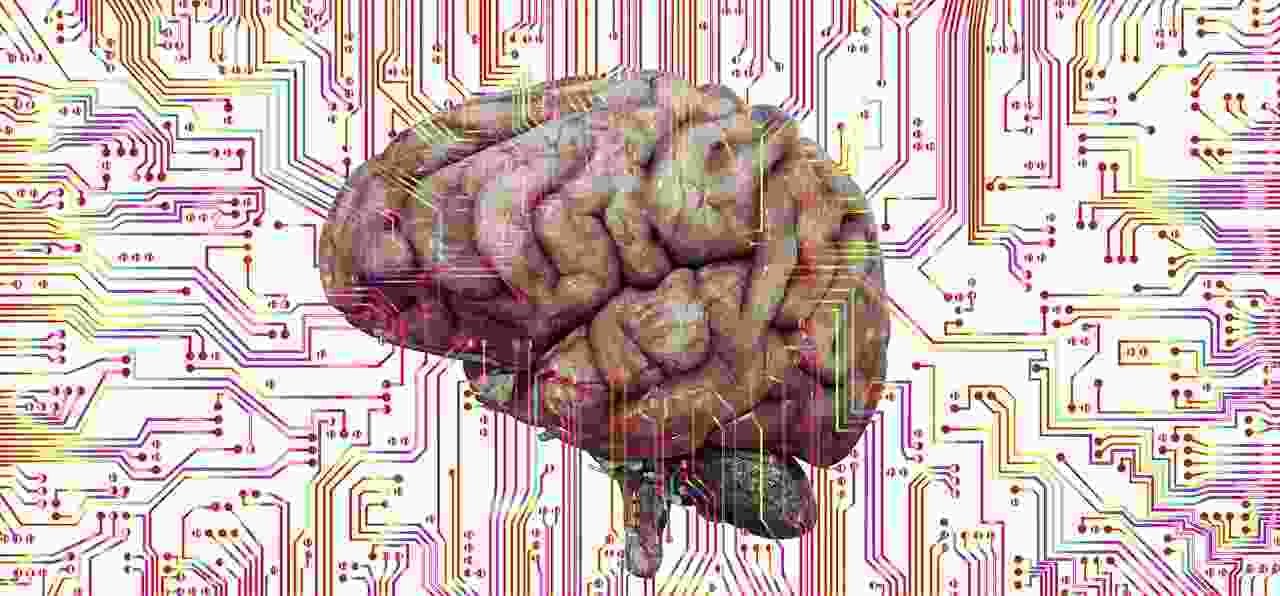Computers using living neurons
Computers using living neurons cerebral organoids, the theory that life has come from reinforced space and a microbiota bacteria improves growth.
Our brains are much more powerful than artificial intelligence: to multiply the power of AI, scientists hope to couple it to brain organoids, these mimicing cell cultures – in a very simplified way – our brain.
Scientists from around the world, contribute to the development of the first bio-steering people! By launching this call in the Revue Frontiers of Science, researchers from the prestigious Johns Hopkins University (United States) hope that the first computers based on living cerebral organoids will be released within a decade. But there are many obstacles to bring this science fiction technology to reality.
Read also: Deep Learning | A Revolution in Artificial Intelligence
The use of organoids cultivated from cells is advantageous for scientists
This vision of the future of Organoid Intelligence (OI) has been the subject of an article published in Frontiers in Science. The team includes scientists from Cortical Labs, who made the headlines last year for having created a dish filled with living brain cells that quickly learned to play Pong video game.
The use of organoids cultivated from cells is advantageous for scientists because it does not require tests on humans or animals. Thomas Hartung creates functional brain organoids since 2012 using human skin cells which are reprogrammed in a state similar to that of embryonic stem cells. They can then be used to form brain cells and, ultimately, organoids with functional neurons and other characteristics capable of supporting basic functions such as memory and continuous learning.
“This opens the way to research on the functioning of the human brain,” explains the researcher. “Because you can start manipulating the system, doing things that you cannot ethically do with human brains”.
The brain is more powerful than a computer
This crazy project is based on an observation: our brains are much more powerful than computers to learn and process data with low energy consumption.
“In 2013, the fourth largest computer in the world took 40 minutes to model a second of 1% of the brain activity of a human,” illustrate the authors. More recently in June 2022, the Enterprise Frontier (OLCF-5) Super-ONE SUPEROGNER of Hewlett Packard has certainly exceeded the estimated calculation power of a single human brain, namely 1 exaflops, or 100,000 times more than Apple MacBook.
“However, the difference in efficiency is considerable: a human brain weighs approximately 1.4 kg and consumes 20 watt energy, while Enterprise Frontier occupies 680 m² and consumes 21 megawatts”, one million times more, points the Chief scientist of Quebec, the neuroscientist Rémi Quirion in a commentary published in the same issue of Frontiers of Science.
Not to mention its cost of creation (€ 600 million), nor the sums necessary for its operation. Why in this case not rely on the biological performance of our brains to create a new form of artificial intelligence?
Using the brain’s organoid and connecting to each other
To mention this new discipline, researchers from Johns Hopkins University created the term Organoid Intelligence (OI). Concretely, this is a question about the use of brain organoid, namely brain cell culture hmmm…
Sources: PinterPandai, Frontiers, Financial Times, Johns Hopkins University
Photo credit: anaterate via Pixabay



